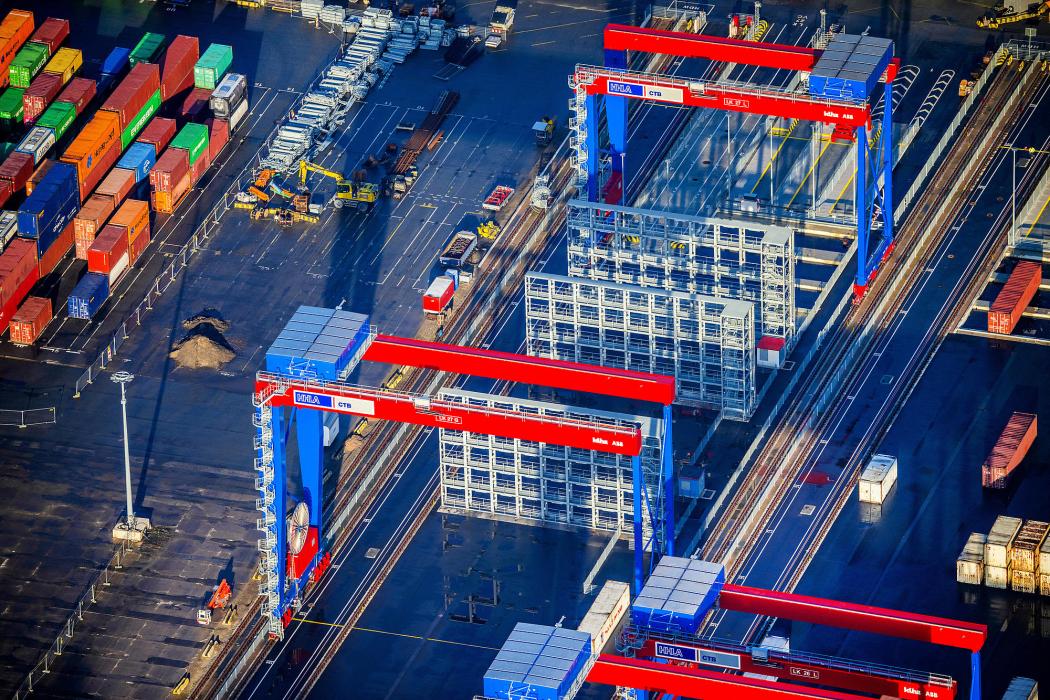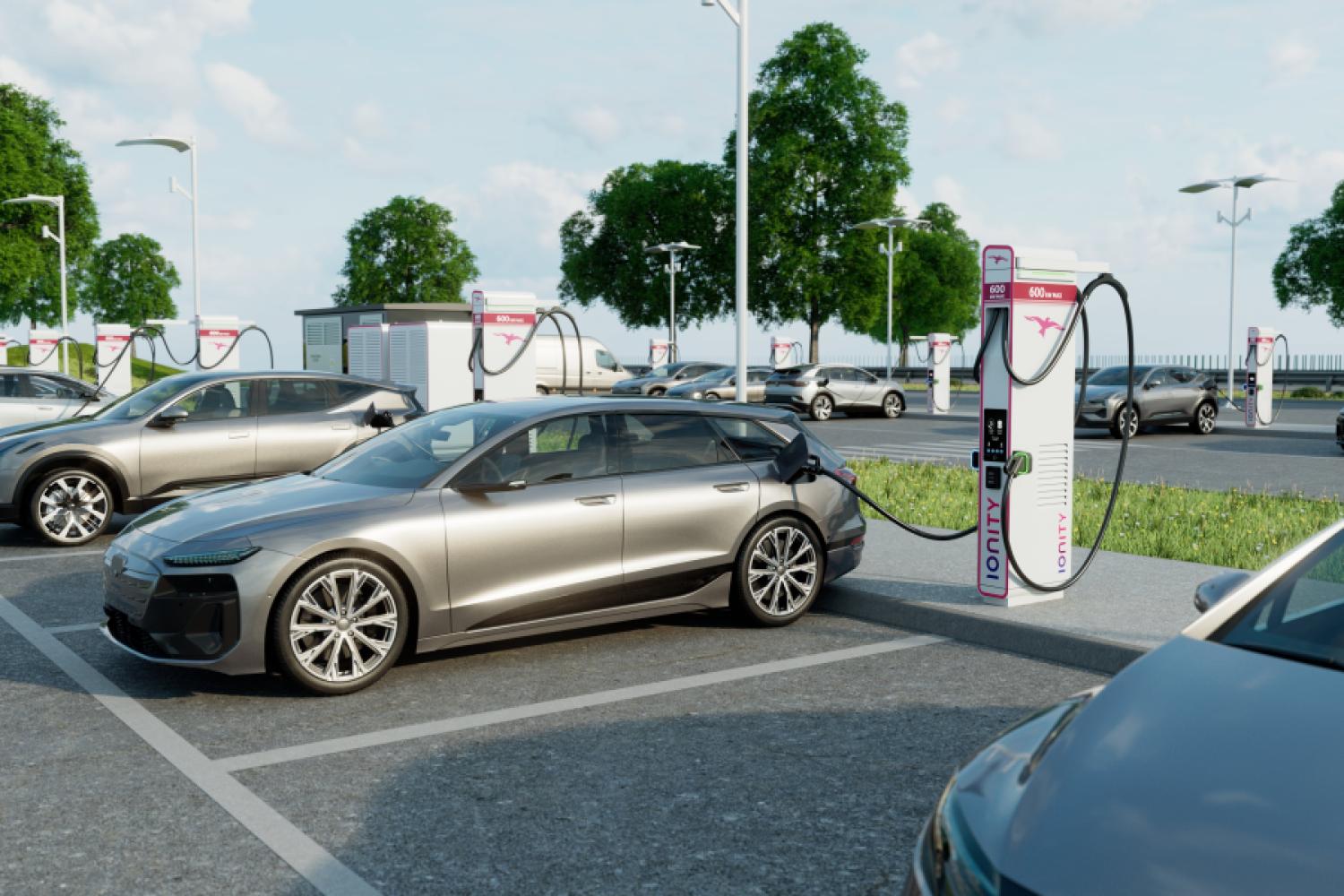The HHLA Container Terminal Burchardkai (CTB) in Hamburg continues its journey towards automation and sustainability. In recent months, three additional storage blocks have been successfully put into operation. This brings the total number of electrified storage blocks at CTB to 22.
Since the end of 2024, the three new storage blocks have been gradually integrated into terminal operations. They expand the existing block storage capacity by around 6,000 standard containers (TEU) to just under 45,000 TEU. Thanks to the dense storage in the automated storage blocks, the space requirement is reduced by more than 50% compared to conventional van carrier yards.
The new storage blocks are located to the north of the existing automated container storage and are each served by three electrically operated gantry cranes. These are powered exclusively by electricity from renewable sources - another step for HHLA towards its goal of achieving group-wide climate neutrality by 2040.
One of the most ambitious brownfield projects
The comprehensive modernization of the largest German container terminal is considered one of the most ambitious brownfield projects in the industry. In addition to the expansion of the automated block storage, the focus is particularly on the conversion of container handling at the large ship berths to Automated Guided Vehicles (AGV) during ongoing operations. As an automated container hub, the CTB is a central element of the Hamburg port infrastructure and the European HHLA network.
On the Functionality of the Warehouse Crane Systems
The automated container warehouse at CTB consists of adjacent storage blocks, each 42 m wide and 375 m long, which can accommodate between 1,980 and 2,130 TEU depending on the construction method. A special feature at CTB is the innovative crane system, which consists of three gantry cranes that can pass over each other. This globally unique technology significantly increases productivity by optimizing crane control and enhancing travel path efficiency.
The powerful IT system of the warehouse crane systems is integrated into the terminal's overall control and has been supported by a specially developed AI module for several years. The Artificial Intelligence helps find optimal storage locations for the stored containers, thereby minimizing the energy-intensive restacking. This intelligent control makes processes more efficient and conserves resources.






